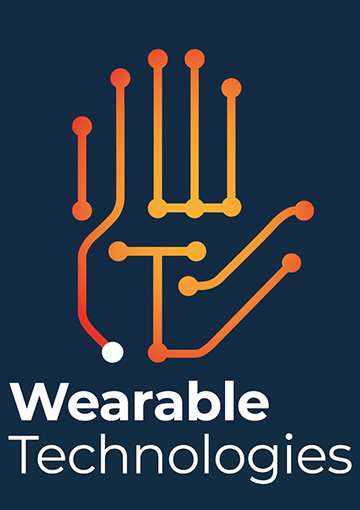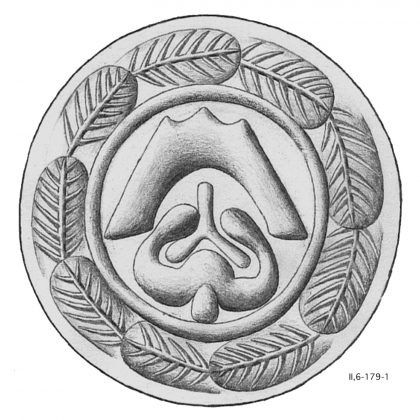Q&A with Wearable Technologies Associate Editor: Helen Huang
Professor He (Helen) Huang, North Carolina State University, answers our questions about her work and Cambridge University Press’s new journal Wearable Technologies.
What first attracted you to the field of wearable technologies?
I have always been passionate about developing wearable machines to improve quality of life for individuals with physical disabilities. I was fortunate to conduct related research throughout my academic training. In my pre-doctoral training, I worked with an inter-disciplinary team to develop a wearable robotic arm and a virtual reality system for stroke rehabilitation. In my post-doctoral training, my research was to enable individuals with limb amputations to intuitively operate their robotic upper- or lower-limb prostheses via developing novel neural-machine interfaces.
What are you currently working on that you’d like to tell us about?
In a big picture, I am interested in science, computing, and engineering related to wearer-robot symbiosis. That is, holistically treating a human wearer and their wearable robot as one system; they are physically connected and function together. Of course, this is a huge topic that requires multiple disciplines and a research community to work together. Under this topic, my lab focuses on neural-machine interfaces for robotic upper and lower limb prostheses, wearer-robot interaction and co-adaptation, as well as translation of our research and technology to assist the motor function of individuals with motor deficits. More details about my lab’s research can be found on my lab website https://nrel.web.unc.edu/research/
What do you think the journal Wearable Technologies will bring to the field?
Many fields, such as electronics, actuators, materials, batteries, control and systems, neuroscience and engineering, medicine, etc., are addressing wearable technologies and their applications. However, to my knowledge, the related publications are scattered across journals in different fields. I think Wearable Technologies offers a common ground for the research community to share the state-of-the-art research in each subfield that can foster more collaborations across disciplines, accelerate the research progress, and increase the research impact to society.
What are some of the challenges facing the field today?
Based on my expertise, I would say information processing capability (both algorithms and hardware). Wearable technologies become meaningful only if meaningful information can be captured by the machine, no matter it is used for a monitoring purpose or closed-loop control purpose.
For wearable machines that also need to act on human wearers, control design that can deal with human variations, safety, preferences, environmental uncertainty, and versatile task contexts is still challenging.
In which areas of the wearable technologies field do you expect to see growth in the next five to ten years?
My answer will be all the areas.
Why should authors publish in Wearable Technologies?
The journal can reach out to multi-disciplinary readers in wearable technologies, ranging from scientists and engineers in fundamental research to researchers in various application domains. In addition, the editorial board has committed to provide fast and high-quality peer review process. Although the journal is new, I am confident that the journal will become a flagship journal in the field of wearables.









In my opinion, the topic of the article, which deals with portable technologies, became very important to me, and it is especially to improve the lives of people who have physical disabilities. It is very interesting that more and more people talk and are interested in talking and knowing about science, informatics and engineering related to the user-robot symbiosis. Also the article talks about a magazine, which addresses many fields allowing the progress of research and increasing the impact of research on society in the next ten years.
I found it interesting that the journal has content ranging from fundamental research scientists and engineers to researchers in various application domains.
I really liked the article, very interesting!
I recognize that she is a person with a lot of capacity and I congratulate her for developing portable machines to improve the quality of life of people with physical disabilities, it is an excellent idea to give other people the opportunity to resume their daily activities without any obstacle, there is no doubt that technology is advancing in giant steps and it is best to use it in a positive way
I find it a very interesting note, the interview makes us see many things since it shows us when Helen’s interest began and shows us how passionate she is, I like that she transmits that she likes to continue innovating and investigating and she likes to share the progress, firmly believes that science will advance further, she is a person who used her knowledge to help improve the quality of life of people who needed it, as in the creation of prosthetics, something that caught my attention a lot is that she supports magazines that They do scientific publications because that helps more people to meet and help more people, they have a very complete vision and they want to grow.
It is an example of how we can do what we like and help people, such as in the health area. She knew how to combine different areas to take her work to another level.
The article is very interesting and incredible, arouses a curiosity to want to know more about the technologies that they are implementing for various prostheses, another topic that fascinated me too much and I would like to know about how they are making the prostheses connect with the neural responses of the patient, without a doubt these types of technologies are very precise as well as the field in which they are operated, but it must also be very complicated, so I admire everyone who is within these fields and I thank them for finding solutions to problems such as limb loss.
I think that is so amazing that she whants to help other people with Physical disabilities. and the wey that she wants to do it is at the moment with neural-machine interfaces for robotic upper and lower limb prostheses and the challenge thhat she has with the wearable machine that can make human acts are so impresive and interesting saw a machine moving only by thinking. i think publish in a Wearable Technologie is important because the way they are making the models have to be with scients and engineers.